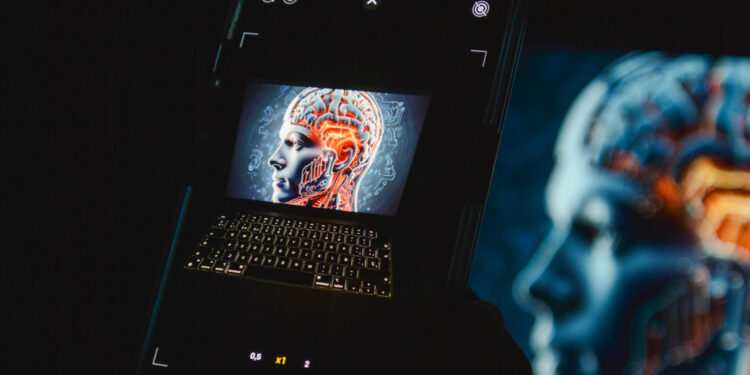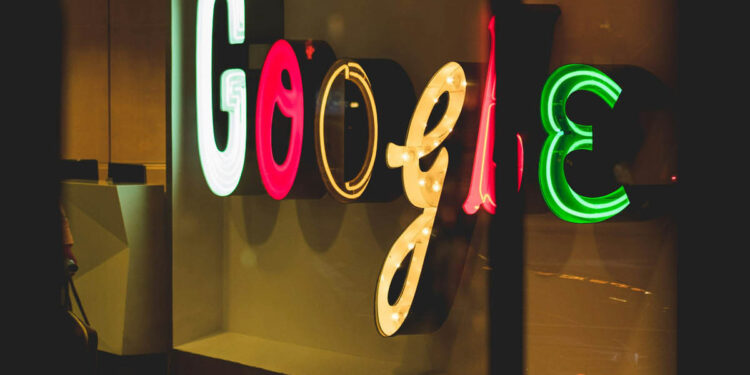From Search Engine Optimization to AI Optimization for Photographers
Bottom Line: To ensure your photography website isn’t left behind in the rapidly evolving digital landscape, it’s essential to adopt AI engine optimization strategies. By refining your website’s structure, content, and technical foundation, you can improve your chances of appearing in AI-driven search results—whether on ChatGPT, Gemini, Copilot, or other emerging platforms.
Understanding AI-Driven Search Engines
In recent years, AI-powered search engines have dramatically shifted the way users discover information online. Traditional SEO tactics remain important, but these new platforms use advanced machine learning and natural language processing to provide responses that are more conversational, context-aware, and tailored to user intent. For photographers whose websites double as digital portfolios and business hubs, being indexed by AI search engines means reaching an audience that appreciates both your artistic style and your professional acumen.
When AI search engines crawl your website, they do more than match keywords—they analyze the semantic structure, context, and coherence of your content. This means that the clarity and structure of your website can make a huge difference. Photographers must consider how the layout, headings, and even the way questions are answered on their websites can influence AI result rankings. The ultimate goal is to present your work and information in a manner that AI crawlers can easily understand, process, and relay to potential clients.
Optimizing Your Website Content for AI
Embrace Structured Data and Semantic Markup
One of the most powerful tactics for AI engine optimization is the use of structured data. By incorporating schema markup into your webpages, you enable AI crawlers to quickly grasp the key elements of your content. For photographers, this means tagging your portfolio images, event descriptions, blog posts, and service pages with details like location, subject matter, and even client reviews. Proper schema markup can lead to rich snippets in AI responses that showcase your best work and unique value proposition.
Write Content That Answers Questions
Many AI tools, like ChatGPT, operate on a question-and-answer basis. Crafting your content in a conversational tone—using headings and subheadings that mirror natural queries—enhances the chances of your website being featured in AI-generated answers. For example, instead of simply listing “Wedding Photography Services,” consider sections titled “What to Expect From Our Wedding Photography” or “How Our Local Expertise Enhances Your Wedding Day.” This approach not only improves readability for human visitors but also aligns with the way AI engines parse user queries.
Focus on Semantic Consistency
Ensure that every piece of content on your site tells a coherent story. Whether you’re describing your services, detailing your portfolio projects, or writing educational content on photography techniques, a consistent style and terminology help AI systems understand and relate your content to broader search trends. Using natural language, short paragraphs, and bullet-point lists when appropriate improves your site’s overall scan-ability.
Technical Foundations for AI-Friendly Websites
Optimize Your On-Page Elements
The fundamentals of SEO—meta titles, meta descriptions, header tags, and optimized alt-text for images—continue to be crucial. For AI indexing, make these elements as clear and direct as possible. Use descriptive, keyword-rich meta descriptions that succinctly summarize your offerings. For instance, instead of “Our services,” try “Local wedding, portrait, and commercial photography that captures your unique story.”
Enhance Site Accessibility and Load Times
AI search engines favor websites that deliver a stellar user experience. A mobile-friendly, fast-loading website not only pleases visitors but also aligns with the expectations of AI platforms. Ensure your site is responsive and that images are compressed without sacrificing quality. Tools like Google’s PageSpeed Insights help identify and fix performance bottlenecks, ensuring smooth navigation for both human users and AI crawlers.
Configure Robots.txt and Sitemaps for AI Crawlers
Make sure your website is indexable by enabling access in your robots.txt file and including clear instructions for AI crawlers. Submitting an up-to-date sitemap through platforms like Google Search Console supports efficient crawling and helps ensure that every page of your site is discoverable.
Strategies to Be Featured in AI Results
Adapting to New AI Indexing Rules
With the rise of AI-powered tools like ChatGPT and Gemini, simply ranking well on Google is no longer enough. AI indexing systems look for context, relevance, and structured data. Follow best practices for AI indexing by ensuring your content is clear, well-organized, and semantically segmented using proper headings (H1, H2, etc.). This structure helps AI crawlers understand your content’s context and hierarchy effortlessly.
Create AI-Optimized Content Assets
Build content assets specifically tailored for AI consumption. Blog posts that answer common photography questions, deep-dive case studies of your projects, and detailed how-to guides not only serve your human audience but also strengthen your AI indexing signals. Additionally, generating comprehensive FAQ sections around industry-specific queries can position your site as an authoritative resource.
Integrate AI-Driven Website Builders and Tools
Leverage modern AI website builders, such as Renderforest or Wix ADI, engineered to maximize your site’s compatibility with emerging AI trends. Many of these tools automatically incorporate structured data and adhere to SEO best practices, ensuring your site is not only visually appealing but also optimized for AI indexing.
Best Practices for Gemini, Copilot, and ChatGPT
Best Practices for Gemini
Gemini, as an advanced AI search platform, values rich, structured content. To optimize for Gemini:
- Implement Structured Data: Use comprehensive schema markup for images, events, and articles to help Gemini extract key details.
- Clear Content Hierarchy: Organize your pages using descriptive headings to emphasize the importance and context of each section.
- Natural Language: Write in a clear, conversational tone that mirrors user intent, making it easier for Gemini to understand and relay your content.
Best Practices for Copilot
Copilot thrives on clean, semantic web design and well-organized content. To be favored by Copilot:
- Clean Code: Ensure your website uses semantic HTML with precise, validated schema to facilitate easy comprehension by AI systems.
- Streamlined Content: Keep your content concise and structured, with clear sections and detailed metadata where applicable.
- Performance Optimization: Focus on quick load times and mobile responsiveness, as these technical factors significantly influence AI-driven recommendations.
Best Practices for ChatGPT
ChatGPT’s functionality benefits from websites with comprehensive, user-focused content. To optimize for ChatGPT:
- Conversational Style: Craft your content in a natural, Q&A format that directly answers common queries from potential clients.
- Deep Content Coverage: Provide in-depth explanations, case studies, and FAQ sections that cover various aspects of your photography services.
- Internal Linking: Use a robust internal linking strategy to help ChatGPT understand the relationships between different pieces of content, reinforcing topical expertise.
Tracking and Continuous Improvement
Monitor AI Visibility Metrics
After optimizing your website for AI, monitoring its performance is essential. Use analytics tools to assess traffic from AI-based queries and analyze how users interact with your content. Platforms like Google Search Console, paired with AI insights tools, provide valuable data on which pages are featured in AI-generated responses.
Stay Updated on AI Trends
AI is an ever-evolving field. Keep abreast of the latest updates in AI search algorithms by following industry news, participating in AI-focused webinars, and engaging with expert communities. Continuous learning and regular adjustments to your website’s content and technical structure ensure you remain competitive as AI search evolves.
The Future of AI in Photography Marketing
As AI-based search engines continue to emerge and gain prominence, photographers who proactively optimize their websites now will secure a competitive advantage in the future. An AI-friendly site not only boosts your search visibility but also enhances your credibility as a forward-thinking professional in the digital age. Embrace these optimization strategies—from structured data to a robust technical foundation—and prepare your online presence for an AI-driven world.
Investing in AI engine optimization is no longer optional—it’s a strategic imperative. By building an AI-friendly website through structured data implementation, clear and engaging content, and meticulous technical upkeep, photographers can ensure that their visual storytelling reaches the right audience. Embrace these strategies now to future-proof your online presence and maximize your impact in an AI-driven era.
You can also tune in to our podcast, in our conversation with Elle we discuss the impact of AI on photography


